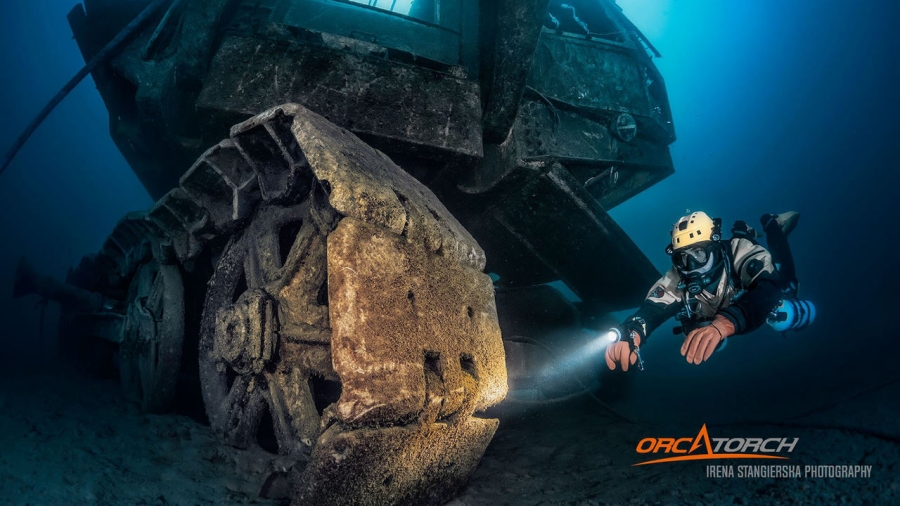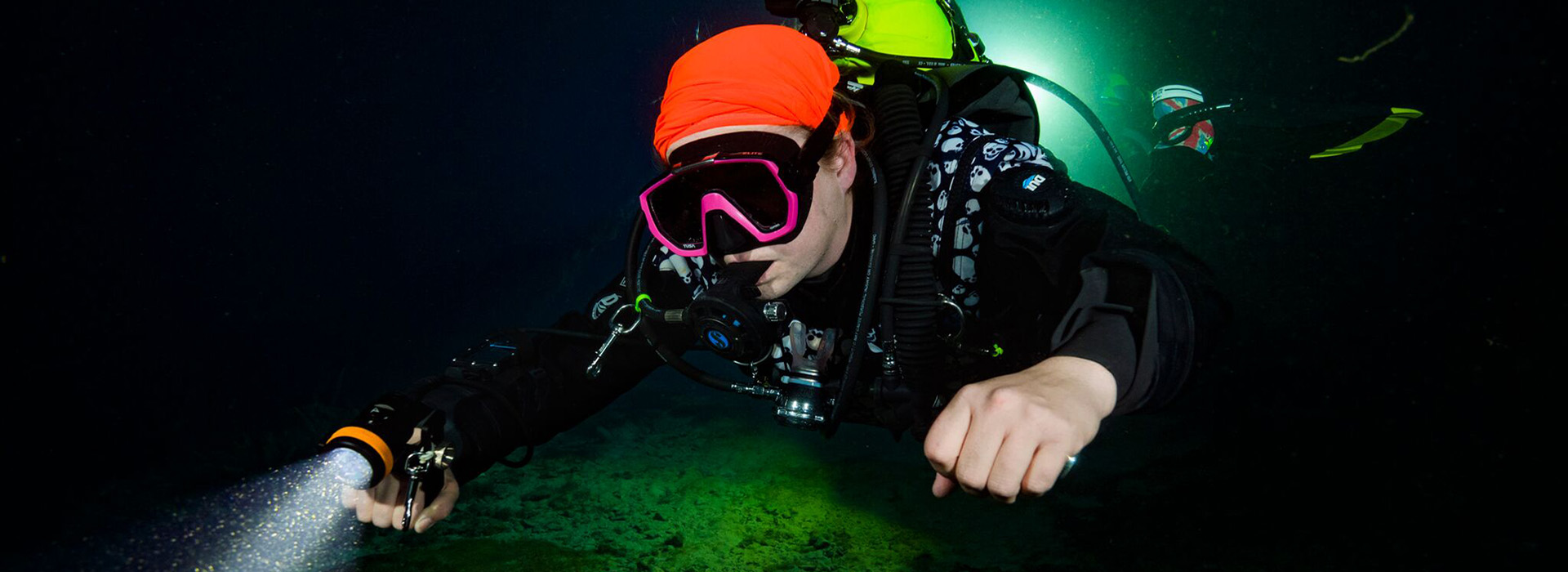The 5 Top Tips On Wreck Diving
Media Reports
Wreck diving is an extremely incredible experience, it's a way to dive into the past and explore places that few people can ever have seen. For most scuba divers, it's special and exhilarating, more importantly, it's also more dangerous than other divings. So wreck diving demands greater respect.
An inside shipwreck is a charming place where industrial architecture is combined with natural structures growing on it, and there's often interesting shiny stuff to only look at without touch. An only look shipwreck can be deceiving though they're inherently more complicated than just open water. If you want to go diving in and around shipwrecks, here are some things that you should remember.
Be prepared.
Wreck diving is similar to cave diving, both advanced technical divings. You need to prepare equipment before go delving into a shipwreck, such as high-performance regulators, dive lights, and dive knives, etc. When you dive into unfamiliar wrecks, it's better to go with an experienced guide. There are so many good photo opportunities on a wreck, so make sure your camera is on a full charge.

Stay in the center of passages.
If you're all over the place with your arms and legs just flailing around, you're gonna be bumping into stuff. You need to think small thoughts inside of a wreck because most ships are built to be fairly snug on the inside passages and hatches tend to be small inside, and whilst you are wearing a skin-tight wetsuit your BCD and your tank are all a little unusual to you, try and stay in the center of passages. Because if you're too high then your regulator is going to be the first thing to smash into something above you.
Watch your depth.
It's very easy to misjudge depth on a wreck and find yourself at 70+ feet when a few seconds earlier you were at 50. And remember check your gauges far more frequently during wreck diving. Watch your head on bulkheads and be careful where you put your feet. Because it's too easy to get a fin trapped.
Less fin movement.
Shipwrecks are very fragile as well, they've got rusty sharp edges of metal, they're very dangerous if you're just kind of floating around and silt collects inside shipwrecks both on the deck and on the ceiling. So too much fin movement can just stir it all up and just obliterate visibility for hours small movements, and a small profile inside of a wreck you want to try and keep your footprint inside there to be as minimal as possible.
Make a guideline.
Wrecks are an overhead environment, so the danger level immediately goes up as soon as you swim inside. You need to have an impeccable sense of direction and an impeccable dive brief before the dive so that you can navigate the complicated internal passages safely. Remember that compasses are pretty useless inside of a giant steel shell, and not all shipwrecks are completely upright as well. And if you have a guideline you can follow that out to open water.
